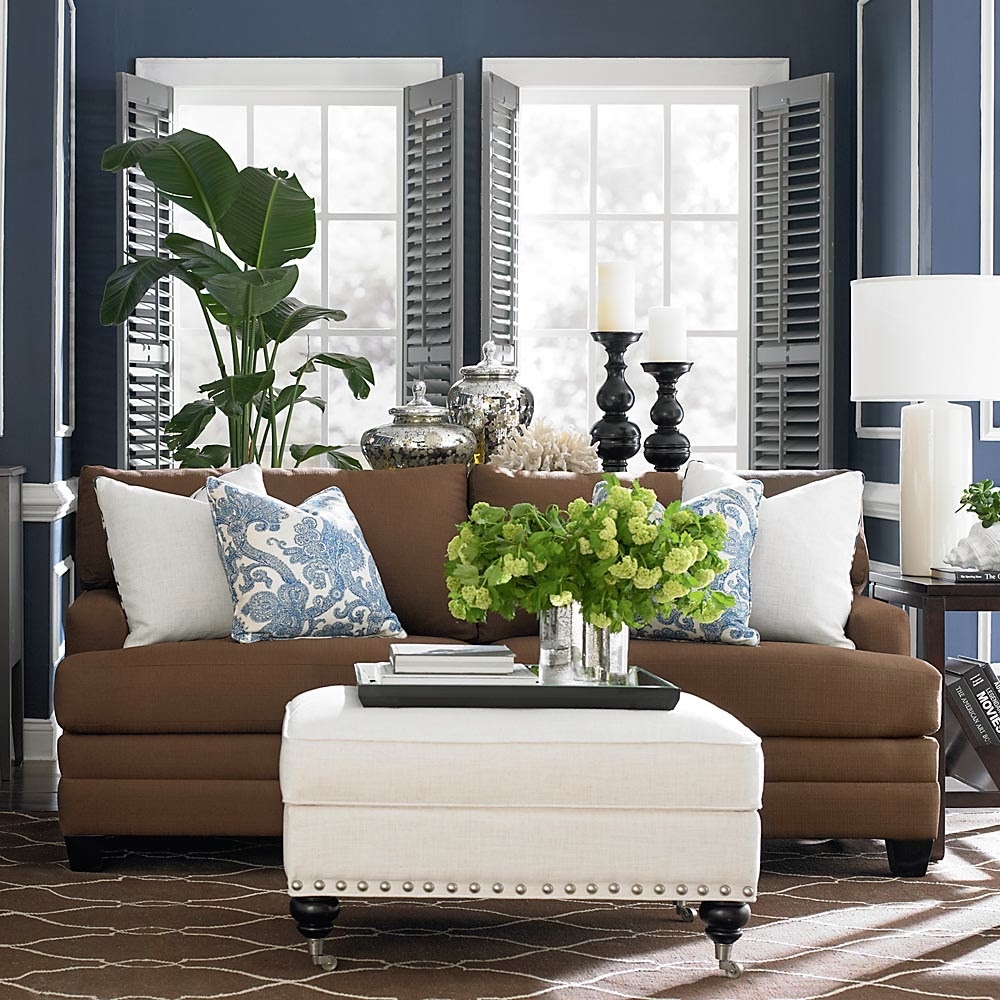Japanese Style Dining Room - A Review of Your Favorite Rooms

If you are thinking about renovating your Japanese dining room, it is worth considering one thing - traditional Japanese designs. Unlike many other countries, Japan has retained many of their traditions, especially since the country was established more than a thousand years ago. For instance, many Japanese houses are decorated quite starkly, with very little decoration on the inside. In contrast, many western-style homes in America or Britain are full of bright, vibrant colors.
Traditional Japanese homes will often be quite small, and usually the dining area must also serve a second purpose, sometimes doubling up as a study or bedroom. clutter, loud furniture or bright walls will not do well in a traditional Japanese-style dining area. Instead, the space should have more open space than clutter, and whatever decor you add should either broaden the feeling of space by exploiting natural aesthetics, or emphasize the limited nature of the space. For example, the chairs you will find in this section of your house should have a low back, allowing the viewer to see the backs of the guests. On the other hand, if you want to create a dramatic effect, you could use wooden benches that have a low, arched back.
Another key aspect of Japanese dining rooms is the number of guests that the family tends to have. While western-style houses may host a large family once in a while, traditional japanes often have a much smaller family. Since the family size is quite large, many families in Japan find it necessary to share a single dining room, which is often an informal arrangement, with a few chairs or a few irregularly shaped tables. The family often spends a lot of time together, so the focus of this room is not on individual guests, but on the group as a whole.
As you can see, there are many different things that make up the Japanese dining room, which means that there are many different seating options. When selecting a seat for your Japanese dining space, it's important to select something that allows you to feel comfortable and at ease. Some of the best options include standard seats, which often come in two or three different types of materials. You can also choose a bench seat, which is much lower than most standard seats, which allows for an intimate conversation.
A low table dining seat is very popular in Japanese culture, as it is both functional and comfortable. The low back, usually made from wood, allows the people sitting on it to relax and enjoy each other's company without having to adjust their seating position. These seats are often very comfortable and allow people to feel at ease while enjoying their meal. There are many different styles available, depending on what type of wood is used and how the chair is crafted.
Another seating option for your Japanese dining room is a short frame. A short frame is a small table, which usually sits on four legs and has a very intricate design. It is a commonly used item in Japanese culture, especially for dining. These frames allow for optimal viewing, allowing the whole family to enjoy the meal.
If you have a large amount of people in your home, or if you are entertaining a large number of guests, one of the best options for your Japanese dining room would be to go with a traditional, open floor plan. This is where the entire space is open, like a room. Seating is placed right next to a window, so that everyone can enjoy the outside view. You will also need to make sure that you have enough room on your tables for your guests. If you do not, your Japanese dining room looks incomplete.

Home Improvements Website of the reviewers noted that they had a difficult time choosing between the different options that were available. On top of that, there was a wide range of prices, making it difficult to find the perfect piece for your home. However, most reviewers really liked the fact that the shoji frame was an easy way to add a bit of natural, earthy style to the room. While some guests may be turned off by this arrangement, most found that it complemented the rest of the Japanese dining room very well.
